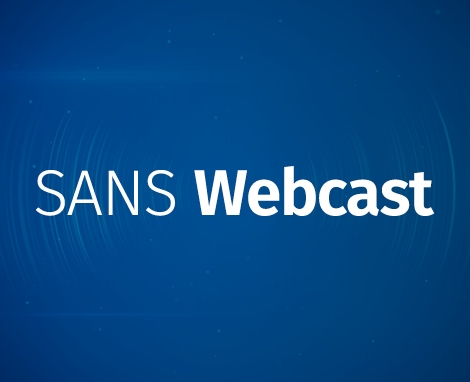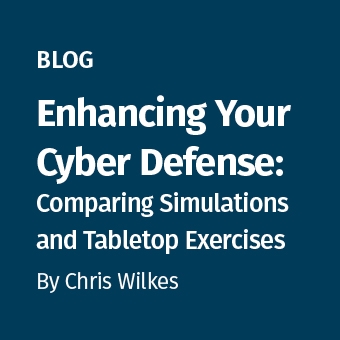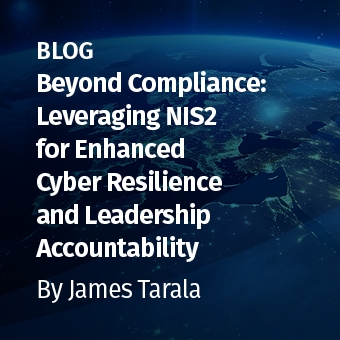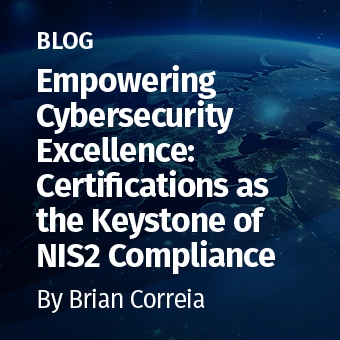Software-Defined Microsegmentation for Regulatory Compliance
Running an information security program can be overwhelming. There are so many areas to address, from encryption to application security to disaster recovery to human nature. Adding to the complexity is compliance with regulatory requirements such as HIPAA, PCI DSS and the new EU GDPR to name a few. Scoping the systems that need to be regulated is one of the key strategies to reduce the cost and complexity of achieving and maintaining compliance.
Most of the regulatory requirements concerning protection of sensitive customer data require you to include not only the systems that directly store or process such data but also the systems that connect to regulated systems. If you are operating in flat networks, this requirement translates into "everything is in the scope of compliance audits".
Network segmentation is one of the must-have strategies to limit the scope, cost and complexity of compliance. The challenge in segmenting a network with static controls such as firewalls, VLANs, etc is the complexity of management and change. Access Control Lists (ACLs) and firewall rules can easily run into thousands of rules that have to be manually reconfigured every time there is a new application to be rolled out, or changes are introduced in regulations. The result is increased cost and complexity - the very challenge that you were trying to solve.
In this webcast, Unisys cybersecurity experts will introduce you to a new software-defined network microsegmentation that enables dynamic perimeters to isolate the critical assets without the cost and complexity of static controls. This approach reduces attack surface while also reducing audit scope, cost and management complexity. Microsegmentation is not segmentation. Segmentation is done for network optimization and performance, and should not be confused or conflated with security. Microsegmentation is a security concept first and foremost. Unisys experts will elaborate on microsegmentation concepts with particular emphasis on its use in support of compliance issues. They will then take you through illustrative examples of isolating and securing systems in the context of HIPAA, HITECH and PCI-DSS regulations.
Attendees of this session will:
* Gain understanding of key challenges in achieving and maintaining compliance
* Know the different types of network segmentation and their role - primary, secondary and microsegmentation, etc.
* Gain ccomprehensive understanding of software-defined network microsegmentation and how it can save you cost, effort and the frustration that static controls introduce
* Apply software-defined network microsegmentation to HIPAA, HITECH and PCI-DSS regulations using illustrative examples






